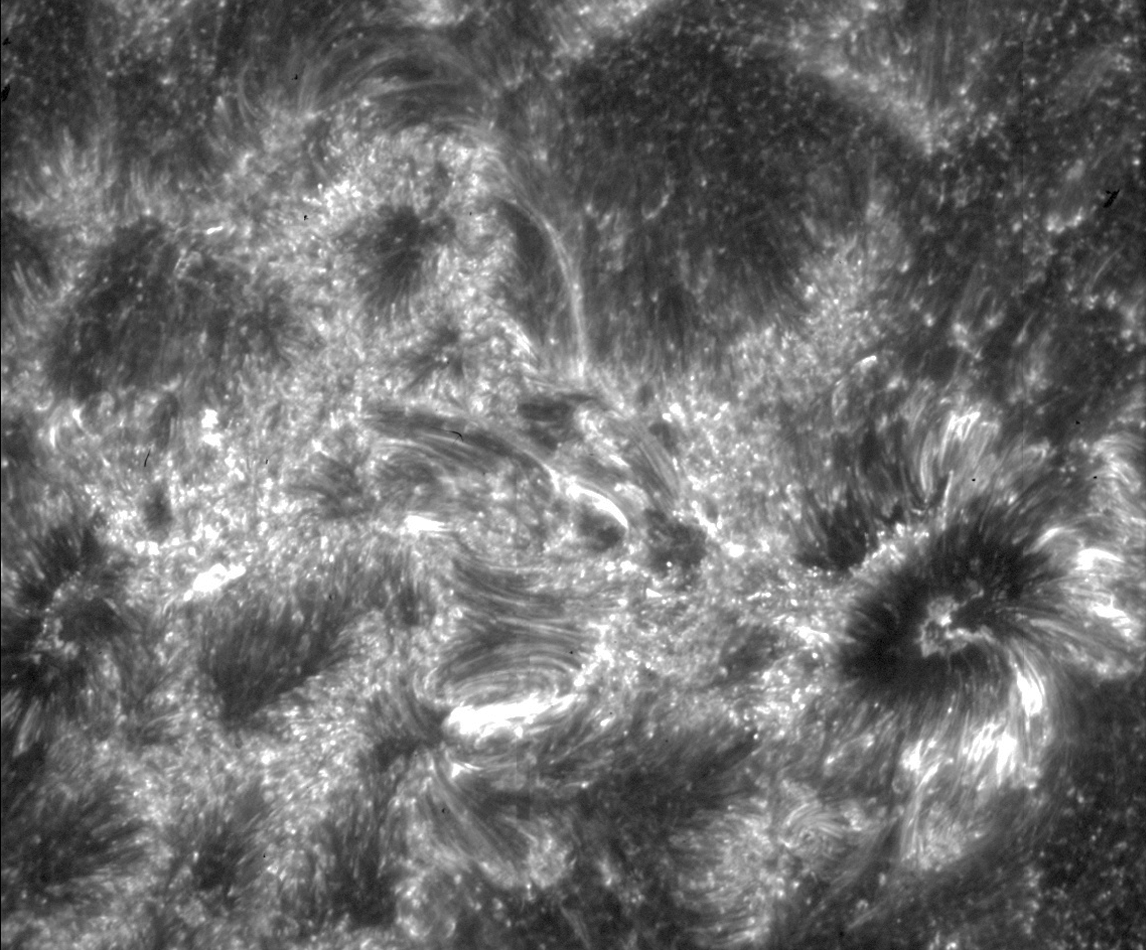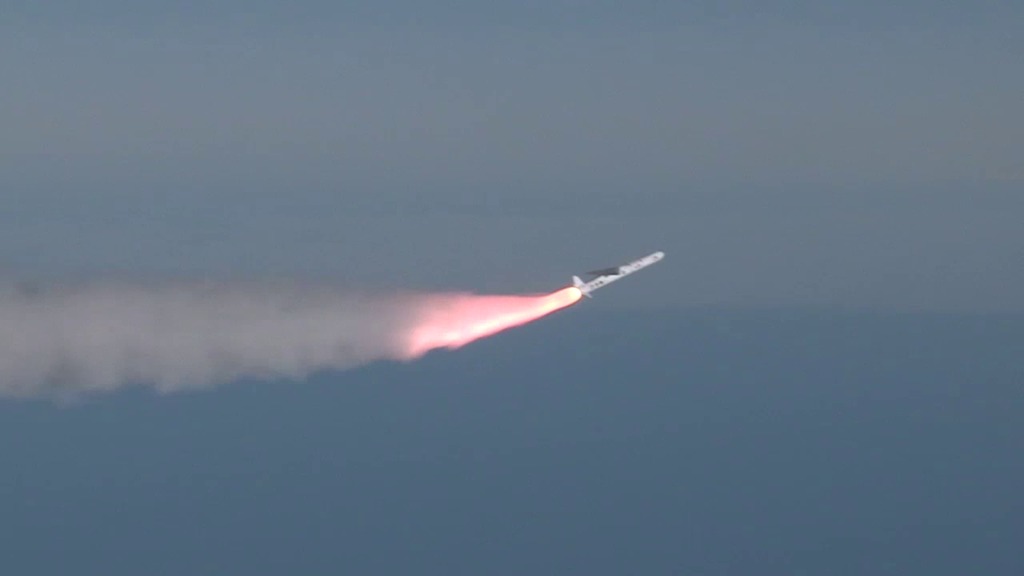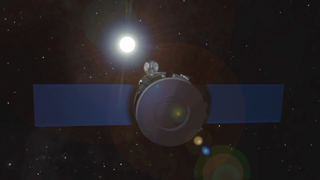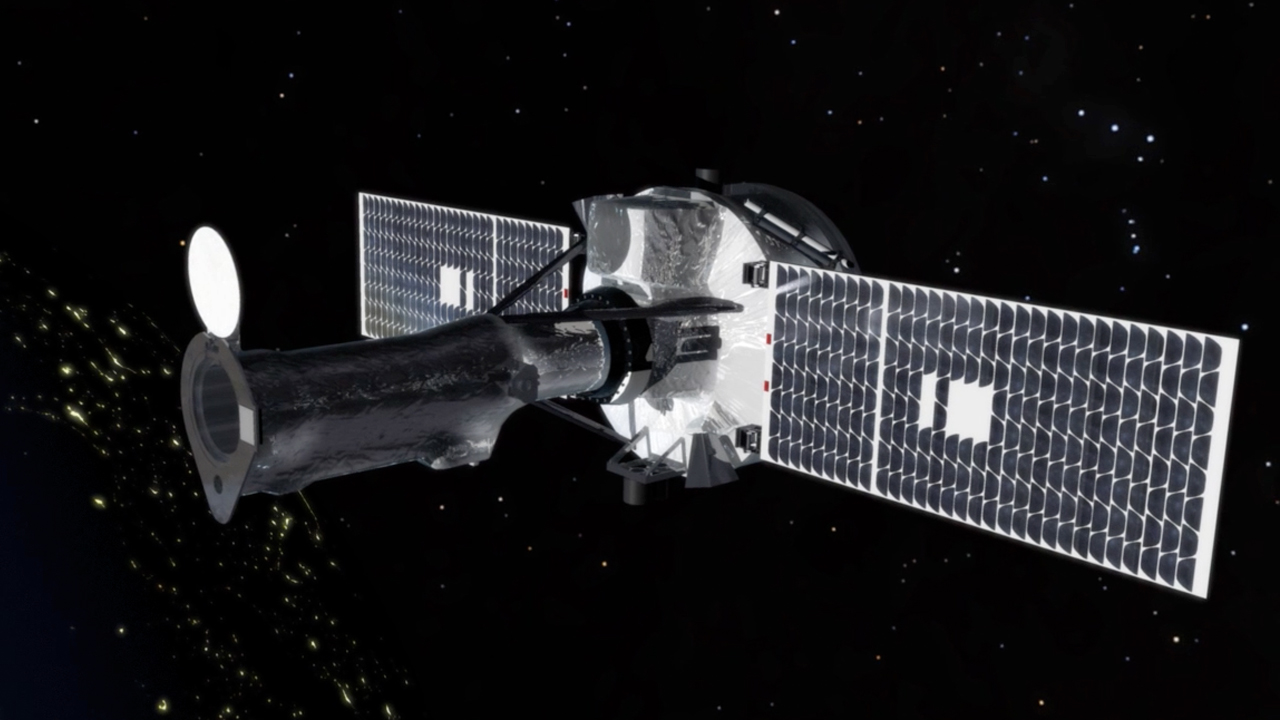IRIS Launch, Deploy and Beauty Passes
Understanding the interface between the photosphere and corona remains a fundamental challenge in solar and heliospheric science. The Interface Region Imaging Spectrograph (IRIS) mission opens a window of discovery into this crucial region by tracing the flow of energy and plasma through the chromosphere and transition region into the corona using spectrometry and imaging. IRIS is designed to provide significant new information to increase our understanding of energy transport into the corona and solar wind and provide an archetype for all stellar atmospheres. The unique instrument capabilities, coupled with state of the art 3-D modeling, will fill a large gap in our knowledge of this dynamic region of the solar atmosphere. The mission will extend the scientific output of existing heliophysics spacecraft that follow the effects of energy release processes from the sun to Earth.
IRIS will provide key insights into all these processes, and thereby advance our understanding of the solar drivers of space weather from the corona to the far heliosphere, by combining high-resolution imaging and spectroscopy for the entire chromosphere and adjacent regions. IRIS will resolve in space, time, and wavelength the dynamic geometry from the chromosphere to the low-temperature corona to shed much-needed light on the physics of this magnetic interface region.
A video showing the deployment of the Pegasus Rocket with the observatory from the Orbital L1011.
The rocket is dropped from the L1011 and is in unpowered, guided flight for 5 sec
The first stage lights and burns for 72 sec, then coasts for 17 sec. The rocket is at 71km prior to lighting of the second stage.
The second stage lights and burns for 73 sec, then coasts for 37 sec. The fairing separates at 131 sec. The rocket is at 600km prior to the firing of the third stage
Third stage burns for 69 sec placing the observatory in orbit at approximately 660km.
Once the payload is at 660km, the third stage and payload separate, at 786 seconds and the third stage carries out maneuvers to clear the observatory orbit.
The observatory then deploys the solar arrays, acquires the sun, and begins a 30 day on-orbit checkout and commissioning phase. After a 21 day outgassing and checkout period, the front door is opened and checkout of the optical systems started.
Credit: NASA/Goddard Space Flight Center/Conceptural Image Lab
Credits
Please give credit for this item to:
NASA/Goddard Space Flight Center/Conceptural Image Lab
-
Animator
- Tyler Chase (UMBC)
-
Producers
- Walt Feimer (HTSI)
- Scott Wiessinger (USRA)
Release date
This page was originally published on Thursday, October 18, 2012.
This page was last updated on Wednesday, May 3, 2023 at 1:52 PM EDT.



